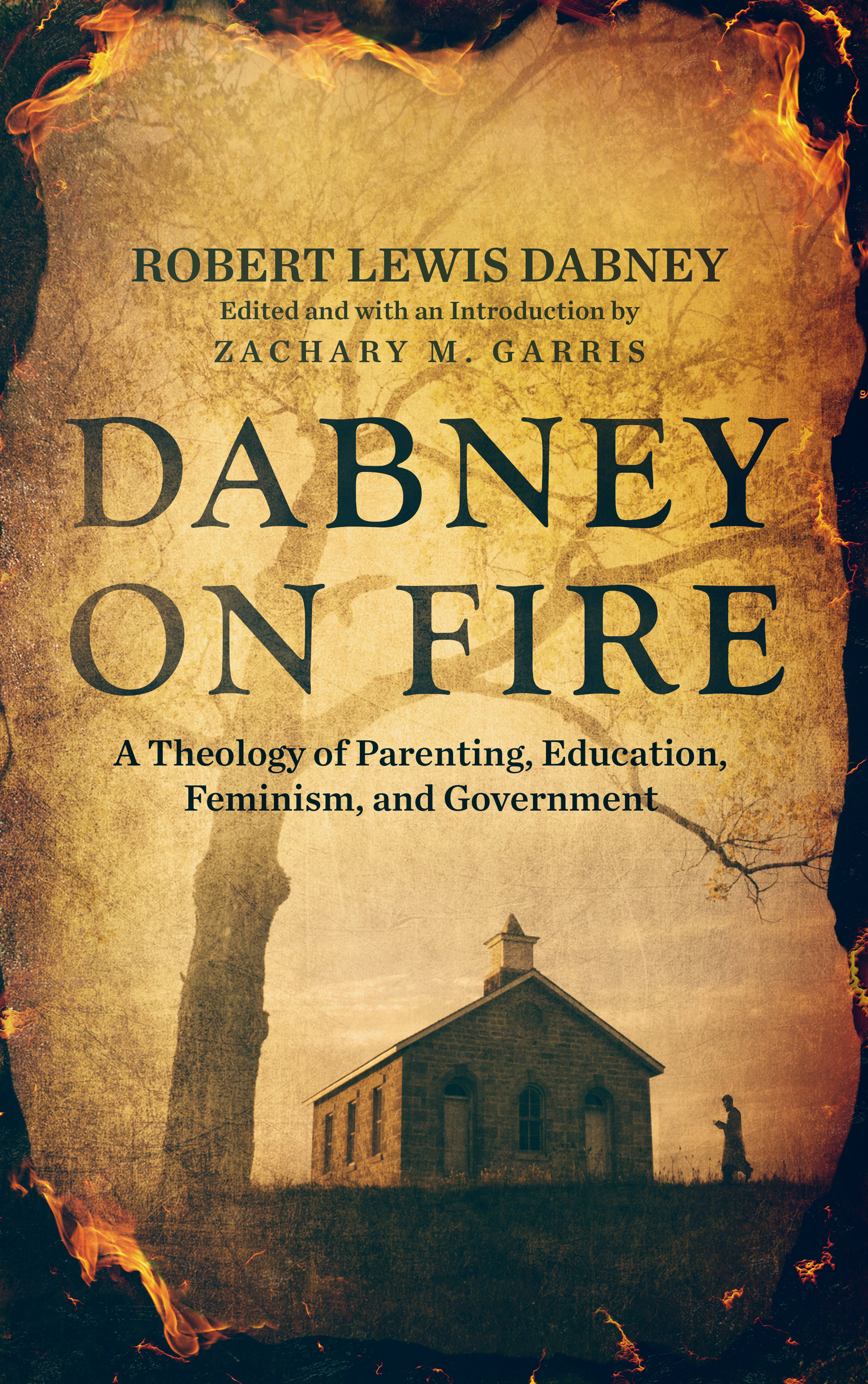The History of Federal Interference in Education
/Where does the U.S. Constitution grant the Federal Government authority over education?
It doesn’t.
And the funny thing is that this point is not even controversial. The Constitution says nothing about education because it is an issue left up to the states (see the Tenth Amendment).
The real question becomes—how then does the Federal Government exercise so much authority over education? The answer is that the Federal Government relies on its “spending power” to influence state policy. In other words, the Feds use money to control (or is it “bribe”?) the states.
When did this start? Prior to the 1960s, federal involvement in education was minimal. However, the Federal Government’s role in education substantially increased through legislation and court rulings in the 1960s.
The major legislation was the Elementary and Secondary Education Act of 1965 (ESEA). This was reauthorized as the No Child Left Behind Act in 2002 and as the Every Student Succeeds Act in 2015.
Through the ESEA, Congress gives money to the states and individual schools on the condition that they comply with federal regulations. These regulations cover things like disabilities (Individuals with Disabilities in Education Act), race discrimination (Title VI of the Civil Rights Act of 1964), and gender discrimination (Title IX of the Education Amendments of 1972).
While it is assumed by most Americans that the U.S. Department of Education has been around for a long time, it was not created until 1980 by President Jimmy Carter (in exchange for the support of the National Education Association, a large teachers union organization). Prior to this, federal regulation of education was administered by the Department of Health, Education, and Welfare.
The federal courts have also been heavily involved in public education, with an uptick in involvement beginning with the Supreme Court’s desegregation ruling in Brown v. Board of Education (1954).
The Supreme Court then struck down school-sponsored prayer in Engel v. Vitale (1962) and school-sponsored Bible reading in Abingdon v. Schempp (1963). The Court ruled that such religion in schools violated the Establishment Clause of the First Amendment, which was a new application of the Bill of Rights to the states. (The first ten amendments were only intended to apply to the Federal Government.)
There have been many other federal court rulings regarding education, and most of these are due to the Federal Government’s regulations conditioned upon money given to the states. What’s the lesson in this? There is always a string attached to tax dollars. Politicians don’t give out money for nothing.
So what was once a sphere of life entirely left to the state and local levels has become heavily regulated by Congress and the federal courts—and they did not even amend the Constitution to bring this about. Maybe another lesson is that written constitutions can only do so much. People abuse power, and a piece of paper will not stop them.
Unfortunately, the Federal Government’s involvement in education has only made things messier. Not only are there too many laws and regulations for schools to comply with, but public schools have not improved. In fact, by most standards public education has gotten worse since the 1960s. There are other factors contributing to this (such as the breakdown of the family unit), but it is hard to conclude that federal interference has actually improved the quality of American education.
It does not look like the Federal Government will be loosening its grip on public schools anytime soon. Thus if one wants to avoid federal regulation, the best thing to do is abandon public schools. Private schools and homeschool groups avoid federal regulation by not taking money (as could states if they had the willpower). The solution is just that simple.







